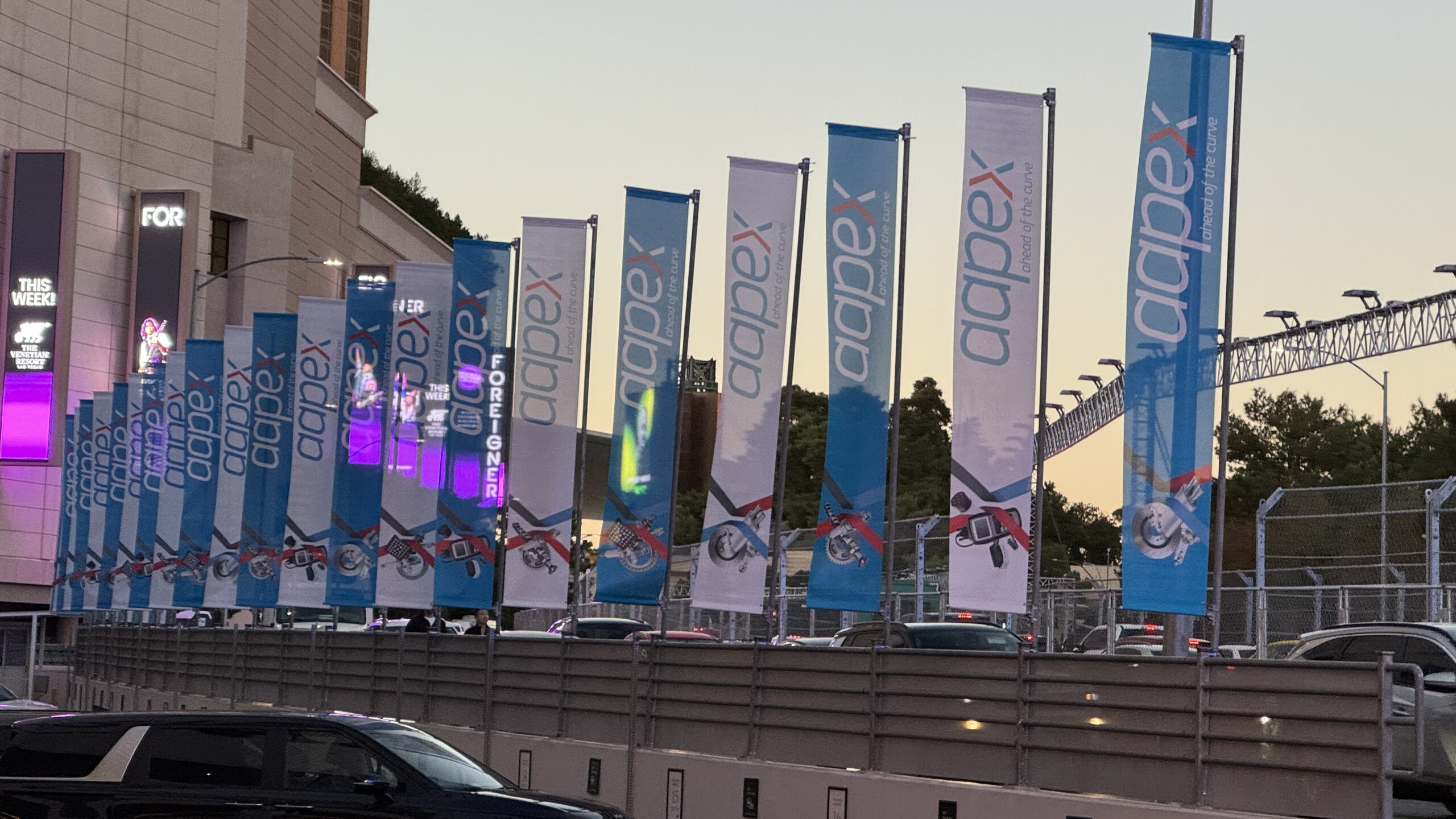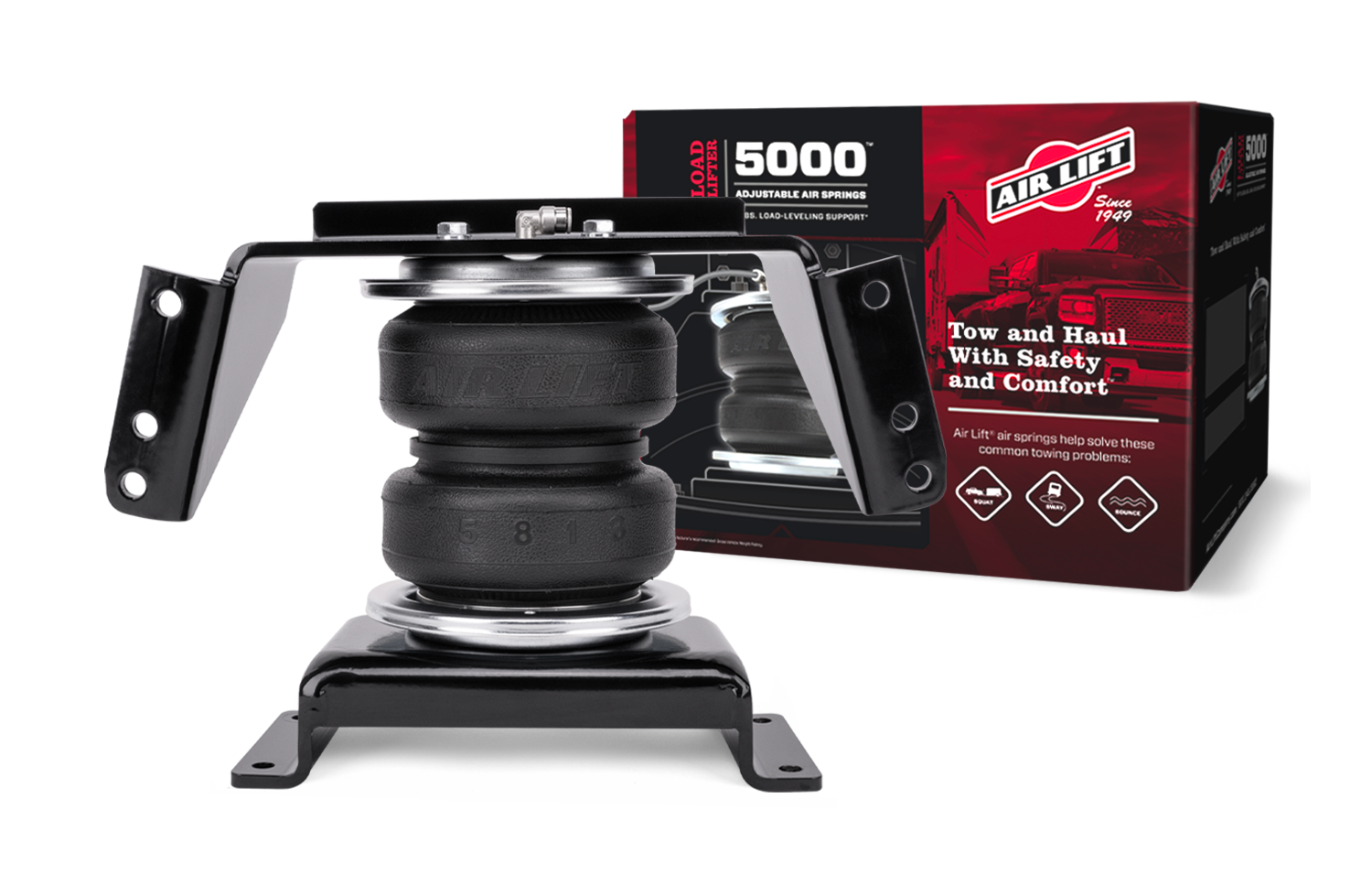
The automotive aftermarket’s labour shortage has doubled from one year to the next and is projected to worsen.
The talent gap doubled from 2021 to 2022, and a new AIA Canada report estimates the industry could be short 4,000 technicians between 2024 and 2028.
“So this shortage does pose problems for the industry and highlights an urgent need for skilled technicians,” said Mauricio Zelaya, partner and national economics leader at business advisory firm EY Canada, who presented the report, Our People, Our Success: Labour Market Challenges during a webinar last week.
EY collaborated with AIA Canada to gather the findings presented in the report. It further noted that the current gap will widen thanks to the rise in electric vehicle adoption. S&P Global Mobility reported that 10 per cent of new vehicle registrations in the third quarter of 2023 were battery electric, with another 3 per cent plug-in hybrids.
“As more and more people adopt electrical vehicles, the auto care industry must adapt to the increased significance of digital and technical skills related to vehicle electrification,” Zelaya said. “So this would require focus on training and upskilling technicians to meet the demands of this changing landscape. And the current shortage of skilled automotive service technicians is likely to be further heightened with the shift away from traditional ICE vehicles and towards EVs.”
An issue that plagues the industry and attracting and retaining talent is the comparatively low wages compared to other industries. EY’s research found a connection between higher wages and lower job vacancies.
“It means, for those industries that have lower wages and higher job vacancy rates, it can demonstrate a relatively stronger demand or challenge in filling these positions,” Zelaya said.
It can also lead to high turnover. A low-paying job with demanding work, long hours and extended hours away from home can push talent out of the industry. Nearly two-thirds (65 per cent) of shop owners reported that they’ve dealt with increased turnover.
According to the report, they’re leaving most often because they can find better wages elsewhere (46 per cent).
“The skills acquired in auto repair, like mechanical aptitude and manual dexterity, are transferable and valuable in [other] fields,” Zelaya noted.
The report found that industries like construction are a big draw as they offer a weekly salary of more than $1,400 on average; dealers are paying $1,352 on average. By comparison, the aftermarket pays its technicians an average of $983 per week.
“A more granular analysis revealed that the dealerships attract workers from the auto care industry with higher compensation and has also high overlap of skills,” Zelaya said.
And as electric vehicle population grows, the challenges around finding talent will only intensify.
“So with advancements in vehicle electrification and autonomous technologies, the skill sets required from technicians are expected to evolve as well,” Zelaya said.
The full Labour Market Report is available from AIA Canada for free for members or $199 for non-members.












Leave a Reply